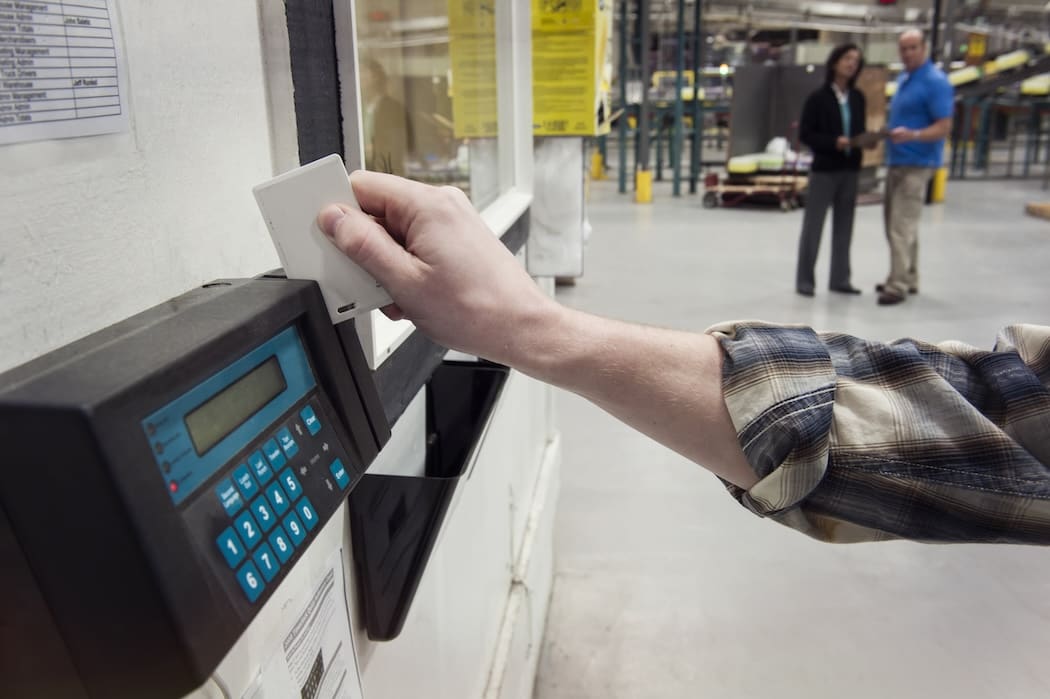Do you ever feel like clocking in and out has become the most stressful part of your day? If you’re nodding your head, you’re not alone. For many workers and managers alike, issues with time tracking can become an everyday nightmare—whether it’s forgetting to clock in, dealing with malfunctioning software, or trying to fix errors after the fact. These seemingly small disruptions often snowball into bigger headaches: payroll discrepancies, missed overtime, and employee dissatisfaction. The time clock, once a symbol of precision and efficiency, has become the silent thorn in many work environments.
Whether you’re an employee who’s fed up with outdated systems or a manager juggling time-tracking issues that eat into your productivity, the frustration is real. The good news? It doesn’t have to be. In this article, we’ll explore common time-tracking issues, why they happen, and—more importantly—what you can do to solve them.
The Clocking In and Out Dilemma
Let’s start with the most common issues. According to a recent survey, nearly 45% of employees report having faced time clock errors at least once a month. Whether it’s a missed punch, a malfunction in the system, or plain old human forgetfulness, clocking in and out is not always as smooth as we would like. What should be a quick and easy task often becomes complicated, leaving both employees and managers frustrated.
For workers, the ramifications are obvious. If you forget to clock in or out, you might lose out on overtime, or worse, your paycheck might be delayed. On the other side, managers spend hours manually correcting these mistakes, creating payroll inconsistencies that erode trust between them and their teams. Research by the American Payroll Association (APA) shows that human error in time tracking can lead to a 1.2% to 8% loss of a company’s total payroll, which is an eye-opening statistic for businesses, especially small to medium-sized enterprises.
Why Do These Issues Happen?
Several factors contribute to the clocking in and out dilemma. While some are technology-based, others stem from human behavior:
1. Outdated Systems
Despite advances in digital technology, many businesses still rely on outdated time-tracking systems. Whether it’s a punch card system or antiquated software, these solutions are prone to errors and malfunctions. They simply weren’t built for the modern workforce, where remote work, flexible hours, and mobile access are now the norm.
2. Human Error
We’ve all been there—you get to work and immediately jump into the day’s tasks, forgetting to clock in until hours later. While this might seem harmless, frequent mistakes like these add up. Studies indicate that human error accounts for over 30% of time-tracking mistakes. From forgetting to punch out during breaks to entering incorrect times, these mistakes create inefficiencies that ripple throughout the organization.
3. System Failures
Software crashes, Wi-Fi issues, or hardware malfunctions can all contribute to clocking errors. While technology is a powerful tool, it’s not infallible. When systems go down, workers are left scrambling to remember their hours, and managers are left trying to piece together fragmented data.
4. Lack of Accountability
When employees feel that clocking in and out is more of a chore than a meaningful task, they may not prioritize it. Without clear consequences or streamlined systems, time tracking becomes an afterthought—leading to even more mistakes.
The Cost of Poor Time Tracking
Time clock issues aren’t just minor inconveniences—they have a real cost. Consider this: businesses can lose up to $11 billion annually due to inaccurate timekeeping, according to a study by AffinityLive. Errors in time tracking lead to payroll discrepancies, which can result in employee dissatisfaction and costly overtime disputes. On the extreme end, companies may face legal repercussions if time tracking violations occur repeatedly.
But it’s not just the monetary cost. Employees who feel that their time is being mishandled can become disengaged. Research from Gallup shows that disengaged employees cost the U.S. economy between $450 billion to $550 billion each year in lost productivity. So, while time clock issues may seem like a minor frustration, they’re actually one of the many factors that can lead to bigger problems, including decreased morale, higher turnover, and diminished overall performance.
The Solution: Modern Time-Tracking Systems
So, what can you do to avoid these issues? The answer lies in modernization. The days of manual punch cards and outdated software need to be left behind in favor of more efficient, automated, and cloud-based time-tracking systems. These systems help eliminate human error, prevent system failures, and even hold employees more accountable. Here’s how:
1. Cloud-Based Solutions
Modern time-tracking software allows employees to clock in and out via mobile apps, computers, or even biometric scanners. Since these systems are cloud-based, the data is securely stored online, meaning it can’t be lost due to system crashes or hardware malfunctions. Additionally, they update in real-time, giving managers instant access to employee attendance and preventing the risk of inaccurate data.
2. Automation and Integrations
Newer time-tracking systems integrate directly with payroll software, ensuring that errors caused by manual input are minimized. Automation handles the mundane tasks, such as calculating overtime, tracking hours, and even flagging inconsistencies. This saves time for managers and ensures accuracy in payroll, reducing the risk of disputes. According to the APA, businesses that automate their time-tracking process see a 3.5% boost in employee productivity.
3. GPS and Biometric Verification
One of the main concerns for managers is ensuring that employees are clocking in from their designated work location. Modern systems with GPS capabilities allow managers to verify clock-ins remotely, ensuring that employees are at the right place at the right time. Biometric systems, such as fingerprint or facial recognition scanners, add another layer of security, ensuring that employees cannot clock in or out for each other—a practice known as “buddy punching,” which costs businesses up to $373 million annually.
4. User-Friendly Interfaces
The complexity of old systems often leads to employees making mistakes. Modern solutions are designed to be user-friendly, with intuitive interfaces that make clocking in and out simple and straightforward. Notifications can remind employees to clock in and out at the right times, while mobile apps ensure they can do it on the go—whether they’re working remotely or at a physical job site.
Creating a Culture of Accountability
Introducing new technology is a powerful step, but it needs to be supported by a culture of accountability. Employees should understand why accurate time tracking is important—not just for the company but for themselves. Regular training sessions, clear policies on timekeeping, and fostering open communication can help shift the workplace culture toward one where everyone takes ownership of their hours.
Managers, in turn, need to set an example by using the system themselves, reviewing time logs regularly, and addressing any inconsistencies as soon as they arise. The more transparent and engaged leadership is with time tracking, the more likely employees will be to follow suit.
Final Thoughts: Taking Control of Time
In an age where technology is designed to simplify our lives, clocking in and out shouldn’t be an ongoing struggle. With the right tools, businesses can eliminate human error, prevent costly mistakes, and foster a more accountable, engaged workforce. If you’re tired of clocking in and out issues, the solution is simple: modernize, automate, and communicate.
Integrating a smart time-tracking tool like Time Bot for Slack can streamline your workflow, eliminate clocking errors, and boost productivity. Time Bot allows employees to clock in and out directly within Slack, automate reminders, and seamlessly integrate with your payroll system. Say goodbye to time-tracking headaches and keep your team on track with an efficient, easy-to-use solution—right where your team already communicates.
Try out Time for Slack with our demo and subscribe to your 7-day free trial:


 Remote Management: Strategies and Tools
Remote Management: Strategies and Tools